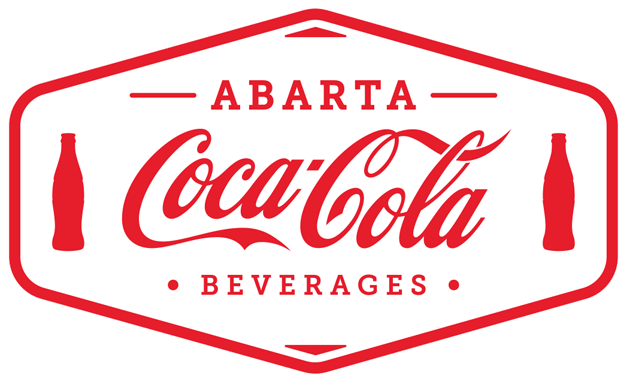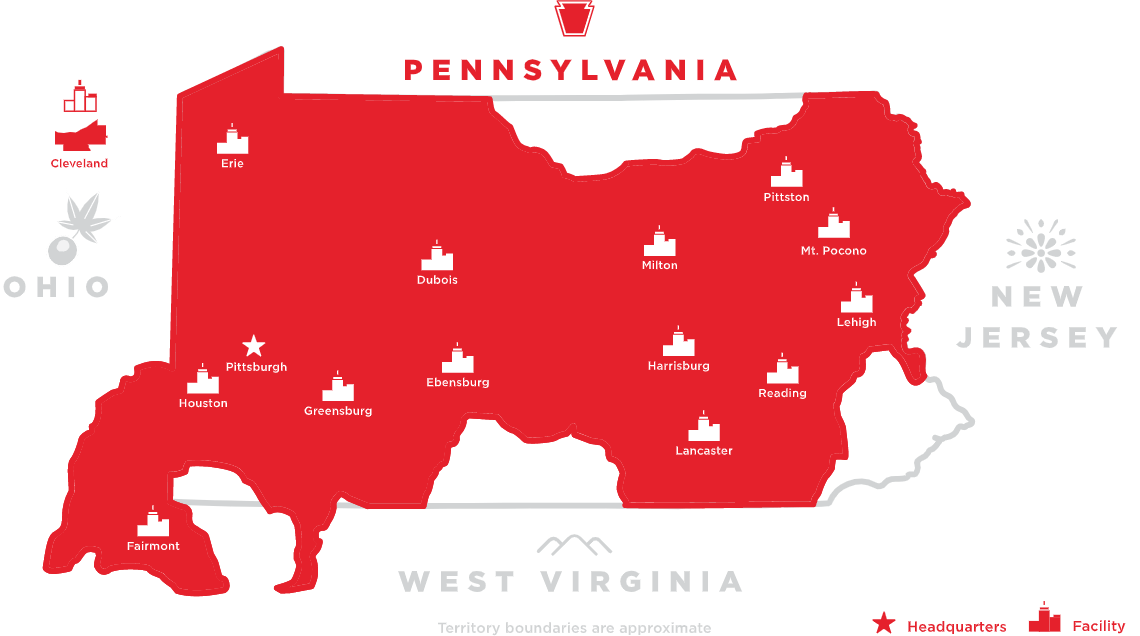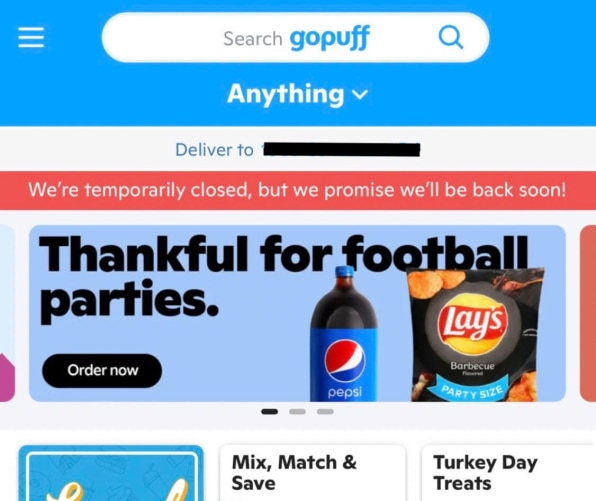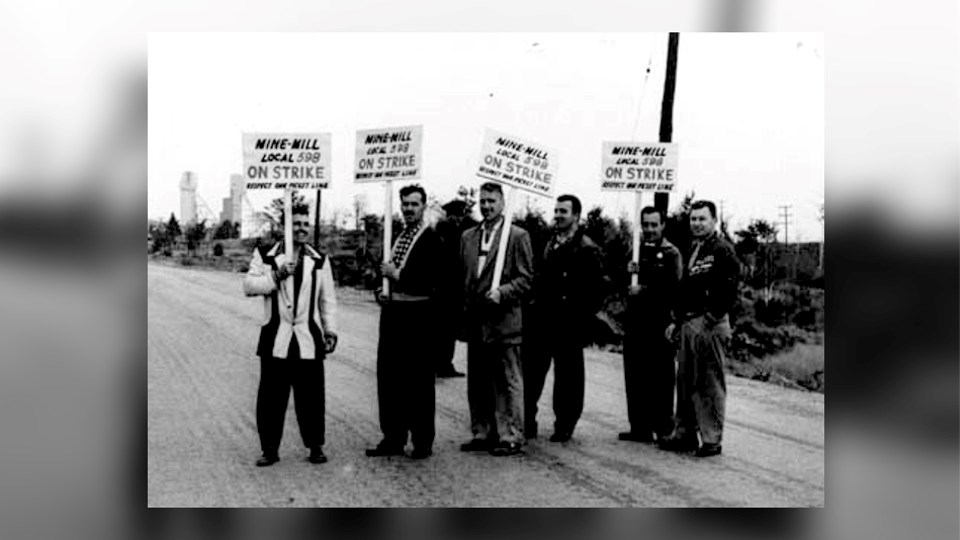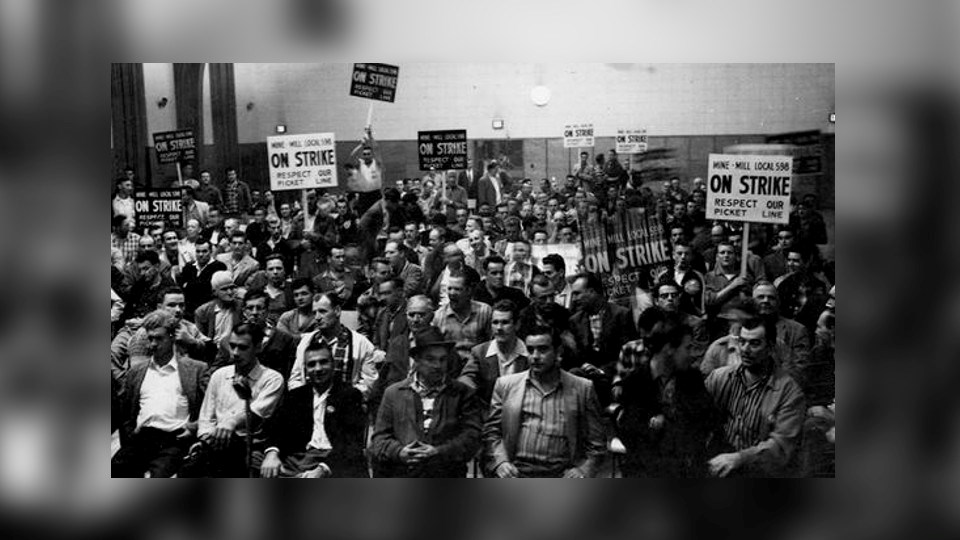Quebec teacher removed from classroom for wearing hijab under law banning religious symbols
Under Bill 21, some civil servants in positions of authority
cannot wear religious symbols at work

An elementary school teacher in Chelsea, Que., says she was told she could no longer teach in class because she wears a hijab, which is Quebec law under Bill 21.
After working several months as a substitute teacher with the Western Quebec School Board, Fatemeh Anvari says she was asked to apply for a more permanent position teaching a Grade 3 class at Chelsea Elementary School.
Anvari began that job earlier this fall, but after just one month she says the school principal told her she had to move to a position outside the classroom because she wears a hijab.
The principal told her the decision was made after a discussion with the school board's human resources department.
"Honestly, at that second, it was just shock. It was very hard to process," Anvari told CBC.
WATCH | Teacher removed from classroom over hijab says law sends a troubling message to kids
Province appealed exemption
Under a fairly new Quebec law, also known as Bill 21, some civil servants in positions of authority — including teachers — can't wear religious symbols while at work.
A recent decision by the Quebec Court of Appeal, the province's highest court, denied a request by the English Montreal School Board to uphold an exemption of English school boards from the law.
A Quebec Superior Court judge had ruled that English school boards should be exempt from the law, saying the boards' desire to foster diversity by choosing who they hire is protected by the minority-language education rights in the Charter of Rights and Freedoms. But the Quebec government soon appealed that exemption, meaning it can't be applied until the appeals court hears the case.
Meanwhile, there are several court challenges against the law, which could last years and eventually make their way to the Supreme Court.
Anvari says the hijab is now part of her identity.
"Yes, I am Muslim, but for me, [the hijab] holds other meanings of just my identity and how I've chosen to represent myself as a strong person in a world that may not want me to be myself," she said.
"But it's still a religious symbol at the end of the day, so that's why it has a conflict with the law."
WATCH | 'It's discrimination:' Parents upset as Quebec teacher reassigned over Bill 21:
Teacher, parents blame law, not school
Neither Anvari nor the parents who spoke with CBC blame the school, which they all said fosters a welcoming and inclusive atmosphere. Instead, the parents say the law, Bill 21, should never have been passed.
"I'd like [the government] to see what it's like for an eight-year-old to lose their teacher because of something like this," said Kirsten Taylor-Bosman, whose daughter attended class with "Ms. Fatemeh," as students call her.
Taylor-Bosman said she was initially surprised when she received a letter from the school principal indicating Anvari would leave after just one month, but that quickly evolved into shock and anger once she learned why.
"It was just awful, really upsetting," she said. "These are not the values that we teach our children. So it's really hard to explain this to our kids."

Due to privacy reasons, the Western Quebec School Board would not confirm why the teacher had been reassigned. The board said, like all Quebec school boards, it must comply with the province's laws, including Bill 21.
"In the English community, we're not in favour of this bill. We find it discriminatory, but as citizens of the province of Quebec, we are expected to follow the law and will do so," said interim board chairman Wayne Daly.
We're not in favour of this bill. We find it discriminatory.- Wayne Daly, Western Quebec School Board
Heidi Yetman, president of the teachers union that represents Anvari, said her union has always been against the bill, especially since it unfairly targets women.
"It's really sad because it puts like a grey cloud over this province," she said. "It's very sad to hear that there are students who enjoyed this teacher since the fall and now have found themselves without a teacher."
Taylor-Bosman wants the Quebec government to explain its opposition to diversity and this case of "discrimination."
WATCH | Western Quebec School Board on reassigning teacher who wears hijab:
In an ironic twist, Anvari continues to work at the school on a literacy project for students targeting inclusion and awareness of diversity, although she acknowledges it is still a teaching opportunity.
"[It's important] to educate and to raise awareness on these topics so that the kids are well aware of what's going on around them," she said.
"I think that it was a great way to navigate the situation by the school and the school board."
'Not a story just about me'
A growing assortment of green ribbons — green is Anvari's favourite colour — were seen tied to the chain-link fence outside the school this week where a sign sits asking people to tie a ribbon to oppose Bill 21.
The school community has rallied around the teacher and organized a letter-writing campaign to the school board, Quebec Premier François Legault and CAQ MNA Robert Bussière, who represents the area.
I think [the support] just shows that kids think beyond all of these labels. They just think of love.- Fatemeh Anvari, Teacher
A protest was also planned for this Sunday.
Anvari said she's seen the cards, drawings and ribbons and knows the local community is behind her, and she hopes the government takes notice about what children could inadvertently learn from Bill 21.
"This is not a story just about me. I think it's a story about humans and how we live amongst each other and just to be accepting of any difference, whatever that may be: race, religion, gender identity, cultural background," she said.
"I think [the support] just shows that kids think beyond all of these labels. They just think of love and they think of compassion and and that makes me so hopeful."
WATCH | How Quebec's religious symbols law has changed the lives of three teachers:
STEPHANIE TAYLOR
OTTAWA
THE CANADIAN PRESS
:format(jpeg)/cloudfront-us-east-1.images.arcpublishing.com/tgam/25LWHE2YEZLX3EHFNE5GY3AFPE.JPG)
Conservative Leader Erin O’Toole says he believes Bill 21 is 'an issue that is best left for Quebecers to decide.
Conservative Leader Erin O’Toole says a Quebec law prohibiting some public servants from wearing religious symbols on the job is an issue to be dealt with by that province alone.
Some of his MPs, however, appear to be taking a tougher stand.
O’Toole discussed the Quebec secularism law, known as Bill 21, on Thursday, in response to a report that a teacher in western Quebec was reassigned from the classroom because she wore a hijab.
Quebec elementary school teacher reassigned from class over hijab due to Bill 21
Quebec religious symbols ban will apply to English schools until appeal decided
Bill 21 was passed in June 2019 and bans the wearing of religious symbols such as hijabs, kippas and turbans by teachers and other government employees deemed to be in positions of authority.
The Conservative leader says while he personally opposes the law and has raised it with Quebec Premier Francois Legault, he respects provincial jurisdiction and believes it to be “an issue that is best left for Quebecers to decide.”
While the Tory leader said the matters involving Bill 21 falls squarely within provincial borders, some of his MPs weren’t shy about expressing a different opinion.
“I cannot in good conscience keep silent on this anymore. This is an absolute disgrace,” tweeted Ontario MP Kyle Seeback, linking to a news story about what happened to the teacher wearing the hijab.
“It’s time politicians stood up for what’s right. Bill 21 has to be opposed. In court, in the House of Commons and in the streets.”
“100 per cent,” Jamie Schmale, the Conservative critic for Indigenous Services, tweeted in response.
Also on the social media platform, B.C. Conservative MP Mark Strahl said “Thank you for your leadership, Kyle. My views on this are the same as yours.”
Alberta Conservative Chris Warkentin added that, “If government is free to limit religious freedom it will take liberties to restrict other freedoms.”
“I support freedom for every Canadian!”
O’Toole characterized his position as being the “exact same” as that of NDP Leader Jagmeet Singh as well as Prime Minister Justin Trudeau, who hasn’t ruled out the idea of federal intervention.
Unlike Trudeau, O’Toole said during the September federal election he would “never challenge” a provincial law.
Deputy Prime Minister Chrystia Freeland said on Thursday that Trudeau has been clear about where the government stands on the issue.
Other Liberal MPs went online to expressly condemn the Quebec law, including a representative from that province.
Alexandra Mendes called it “outrageously discriminatory and absurdly counterproductive, at a time when we need all willing adults to join the work force.”
Ontario Liberal Salma Zahid, who herself wears a hijab, tweeted she was “saddened and disappointed” by what she read about the Quebec teacher, saying “This should not be happening in Canada.”
“Nobody in Canada should ever lose their job because of what they wear or their religious beliefs.”

